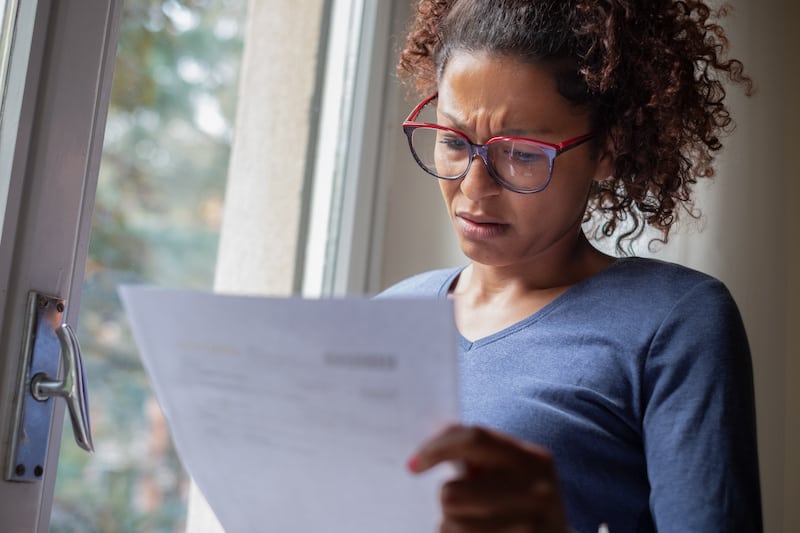Got An IRS 30 Day Letter? Do This Right Now.

Tick, tock. That’s the sound of the IRS’ 30 day countdown, and you’ve just been alerted that you’re on the clock by the letter you’re holding in your hand. Resist the urge to melt down and become anxious (or even worse, to crumple it up and pretend you never got it). Instead, take a deep breath and read on.
I just got an IRS 30 day letter. What now?
What to do if you get a letter from the IRS? First step: don’t panic, and don’t throw it away or ignore it. It’s important to understand that there’s no such thing as “the” 30 day letter from the IRS (though Letter 525, the “general” 30 day letter comes closest). Take a moment to carefully read through your letter and identify the letter code associated with it. This will help you figure out what to do next.
Difference between an IRS 30 day letter vs. 90 day letter?
The difference between an IRS 30 day letter and 90 day letter is precisely as it sounds: one gives you 30 days to respond, the other gives you 90 days. Understandably, the 90 day items are the ones in which the IRS reasonably believes it might take you longer to gather documentation, evidence, or necessary items for response. The 30 day letters are seen as dealing with items which a reasonable person could address within a month’s time.
Letter 525 – General 30 Day Letter
If you’ve received Letter 525, you’re holding the most common “30 day letter” from the IRS. It’s known as the General 30 Day Letter, and it comes with an attached list of proposed adjustments to your tax return. This essentially means that you and the IRS disagree on the specifics of your return, and the IRS will helpfully show you exactly what items they take exception to. As with most IRS issues, should you disagree with their assessment, there is a pathway to challenge their findings… and you guessed it, you must do so within 30 days. On the other hand, you can always simply agree with their changes by signing and returning the form.
Letter 531 – Notice of Deficiency
Letter 531 is never a fun piece of mail to receive from the IRS, as it declares that you owe more taxes or fees for the tax year indicated. As with Letter 525, there is a pathway for disputing this assertion by the IRS, but you’ll need to do so within 90 days of the date on the letter if you want to file a petition. Note that this one is a “90 day letter,” not a “30 day letter;” however, it’s such a common one, it warrants inclusion in this list.
Letter 1058 – Final Notice Reply Within 30 Days
If you have received Letter 1058, the time to take serious action is upon you right now. This notice lets you know you have unpaid taxes, and the IRS will be levying you shortly in order to collect. Yes, there is still a pathway to appeal here, but it’s not easy. You’ll have to fill out Form 12153 within 30 days, which is the Request For Collection Due Process Hearing. Yes, you’ll be embarking on a challenging path if you dispute this one, but it’s certainly worth it if you don’t actually owe the taxes in question.
Letter 1085 – 30 Day Letter Proposed 6020(b) Assessment
If you received Letter 1085, this means you’re a business owner that failed to file a tax return in a year that the IRS believes you were required to. The good news is, receiving this letter means the IRS took care of that for you and filed on your business’ behalf. The bad news is, you had no say in the preparation of this filing, and it may be exorbitant. However, you’ll have 30 days to file your own return or at least get in touch with the IRS to provide supporting documentation to amend their version.
Letter 3016 – IRC Section 6015 Preliminary Determination Letter (30 Day)
Letter 3016 means that the “innocent spouse relief” policy that the IRS makes available is a pertinent detail of your own situation. If you’re holding this letter, the IRS has made a determination about eligibility for innocent spouse relief under IRC Section 6015, and you’ll only have 30 short days to file a protest with the Office of Appeals. Of course, a qualified tax attorney can assist you with this seemingly daunting task.
Letter 3391 – 30-Day Non-Filer Letter
If you’re holding Letter 3391, we sympathize with you: it means that you have likely failed to file a tax return in one or more years, which is a situation that many good people across this country find themselves in occasionally. The IRS will provide their version of things, but you’ll likely want to put up a fight and get the best possible deal for yourself by minimizing your legal tax liability for the year(s) in question. If this seems overwhelming, consider enlisting the help of a veteran tax attorney to take the burden off your shoulders, and clean up your position with the IRS once and for all.





